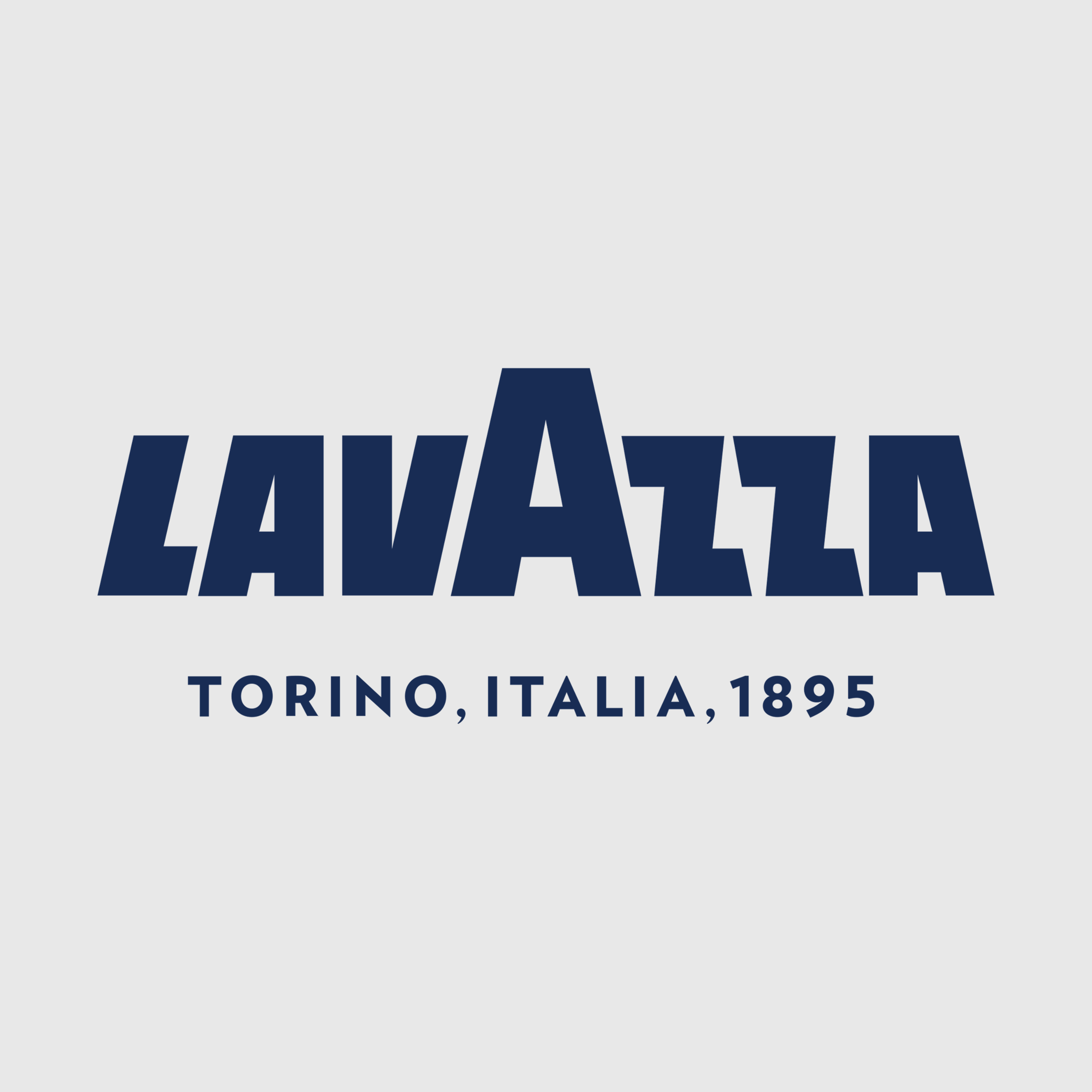Introduction to Lavazza
Founded in 1895, Lavazza is an Italian brand that manufactures coffee, but also coffee machines.
Lavazza launched a sustainable development framework in 2020 called “Roadmap to Zero”, which covers its entire value chain, with the aim of reducing its impact on the environment by 2030 and beyond.
Lavazza Paradiso in tazza.
Criteria
Carbon Footprint, Medium
In 2022, Lavazza was at -16% CO2 emissions for processed coffee compared to 2021 with the objective of consolidating its sustainable development strategy by aiming to neutralize its carbon footprint by 2030.
- Scope 1 emissions refer to direct CO2 emissions from all the company’s activities, such as its production facilities and corporate vehicles.
- Scope 2 emissions refer to indirect emissions, such as using renewable energy sources for its operations.
- Scope 3 emissions refer to indirect emissions. In fact, Lavazza works with suppliers to assess and minimize emissions throughout the supply chain by the end of 2030.
Ecological Impact, High
Lavazza has made efforts to reduce ecological impact, for example by exploring biodegradable materials for its coffee pods and minimizing toxic substances in its processes.
Indeed, in 2022 97% of vegetable waste from coffee processing in Italian plants was transformed into fertilizers.
Additionally, to make their pods more eco-friendly, Lavazza has launched a range of compostable coffee pods called “Eco caps” which can decompose in just 6 months when combined with food waste.
Energy Consumption, High
Lavazza has implemented plans to reduce energy consumption across its operations and has expressed interest in purchasing clean energy. In 2022, 98% of coffee was produced with renewable electric energy.
In addition, it wishes to develop coffee machines for reduced energy consumption, in particular the use of recycled materials and an average extension of the life cycle.
Freight Density, No information
We couldn’t find reliable information about this topic.
Recycling Rates, Medium
Lavazza actively supports the recycling of its products to ensure that useful materials are recovered and any problematic substances are properly taken care of.
In its most recent sustainability report, the company states that it is working on the strategic plan which, by the end of 2025, aims to make all of its packaging reusable, recyclable or compostable. To date, 66% of the company’s packaging is already recyclable.
Saving Levels, Medium
Lavazza has implemented various efficiency measures to save energy and reduce emissions. Between 2012 and 2014, the group experienced a 90% reduction in correlated CO2 emissions in Italy.
Specific Product Monitoring, High
Lavazza coffee machines help make everyday life simple and sustainable. By saving water, energy and detergents, consumers can save money and act sustainably at home at the same time.
Example:
The “Lavazza A Modo Mio Jolie” machine. This machine has been designed to be easy to use and repair, thus extending its average lifespan. In addition, it contains 61% recycled materials, which contributed to a more sustainable approach.
The “Lavazza A Modo Mio Jolie” aims to increase energy efficiency during use and to facilitate maintenance operations, in particular thanks to alerts to indicate when the used capsule container is full or when descaling is necessary.
Supply Chain Waste, High
Lavazza has implemented several measures to ensure the sustainability of its value chain. The company states that 89.2% of its total waste is recovered or recycled, while the remaining 10.8% is mainly destined for disposal, energy recovery or other operations such as waste water treatment. Lavazza also states that 97% of the vegetable waste from coffee processing in its Italian factories, which account for 85% of the Group’s production volume, is transferred to a company that produces organic fertilizers.
Sustainability Scorecards, Medium
Lavazza has developed solutions to reduce its environmental impact. The brand was awarded an Ecovadis Gold Medal in 2023, highlighting its commitment to sustainable development and its efforts to minimize its environmental footprint while promoting social responsibility throughout its supply chain.
Water Management, Medium
Lavazza has adopted a global approach to improving water management. Lavazza’s sustainability strategy focuses on the responsible use of resources such as water. The company has implemented measures to optimize water consumption and ensure the necessary treatment of wastewater from its production activities.

Conclusion
Lavazza achieved a score of 3.25/5 for the criteria analyzed, making it a sustainable coffee pod producer with a detailed roadmap to follow in the years ahead.
Overall, Lavazza appears to be making efforts towards sustainability across various aspects of its operations, but the company could easily improve this score if it was more transparent and provided more detailed information on its initiatives.
Related to other brands
Number of criteria met by each brand:
ESCP Business School Team
Research developed by five curious international ESCP Business School students who have worked together to successfully complete their consulting project. They analysed four brands in four different categories -20 brands: sneakers, pod coffee, jeans, makeup, and chocolate, according to 10 environmental criteria.
- Amélie Zeck – Sneaker industry analyst
- Manon Droisier – Jeans industry analyst
- Giorgia Casale – Makeup industry analyst
- Amélie Mahon – Chocolate industry analyst
- Capucine Coselli-Vassoille – Pod coffee industry analyst






0 Comments